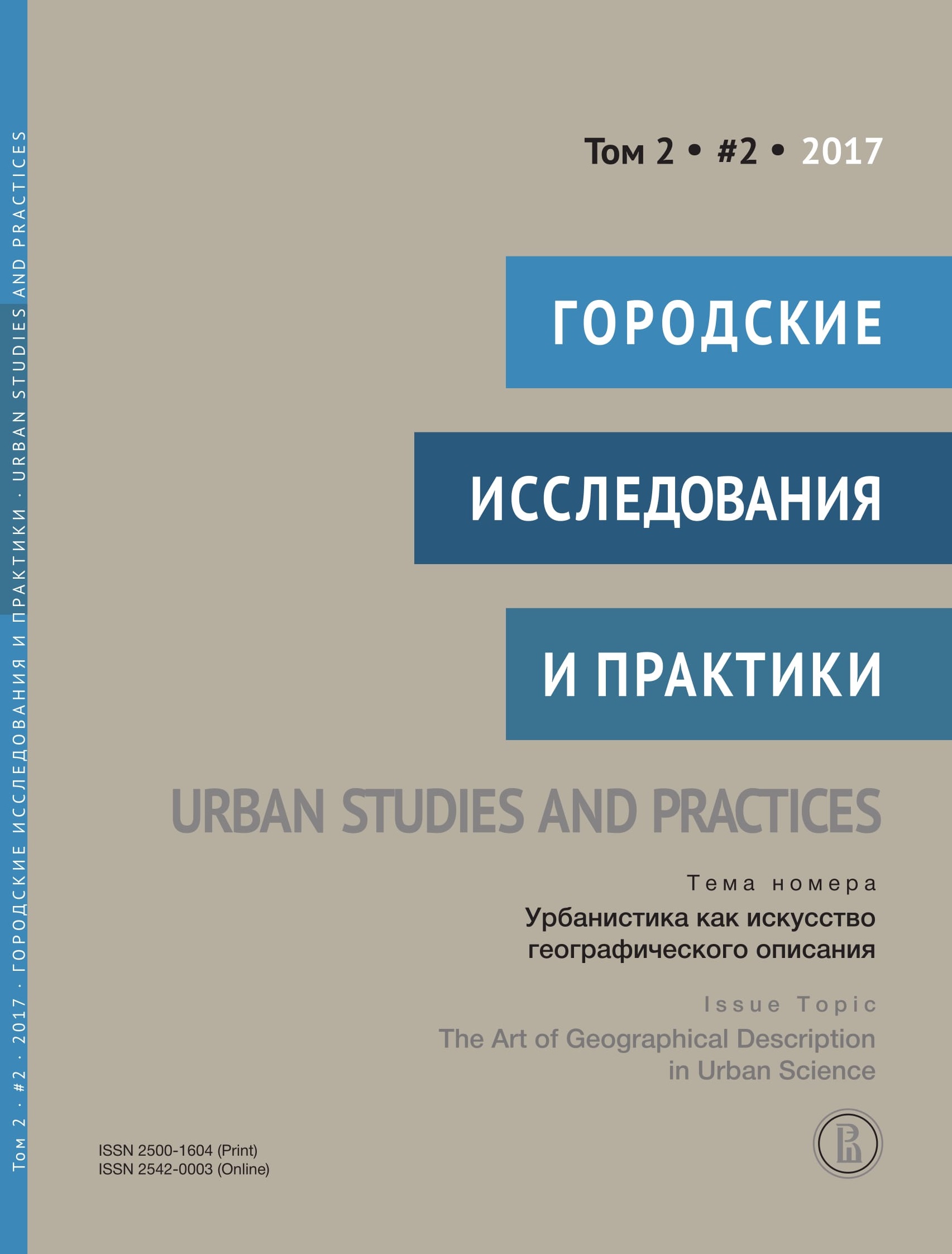On Aims and Methods in the Study of Urban Zones of Mental Influence
Abstract
This article concerns a variety of conceptual and methodological approaches in the study of urban zones of influence. The work is focused on the phenomenon of urban zone of mental influence considered as a nodal form of vernacular region. It assesses its potential as a basic structure element in a social regionalization. It analyses certain aspects of modeling of urban zones of influence (method of isochrones, gravity models, method of main potentials). It compares the main categories of empirical data, namely statistics and field data, survey data. It considers some approaches to the identification of zones of influence based on statistics through the analysis of the flow of goods, flow of people (mostly commuting) and flow of information (newspapers circulation, virtual contacts, support of sport teams). The article finishes with a considerations of specificity of field study of urban zones of mental influence. It depicts the most interesting features of field research, including road observations, observations at malls and gas stations.

